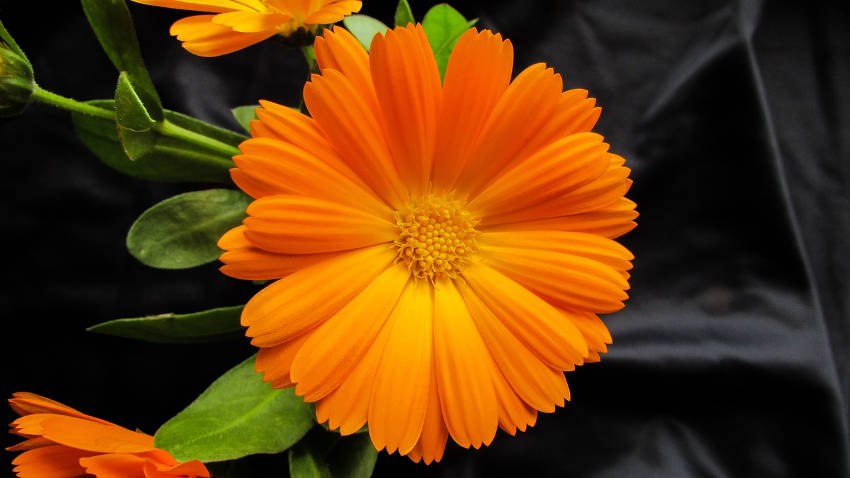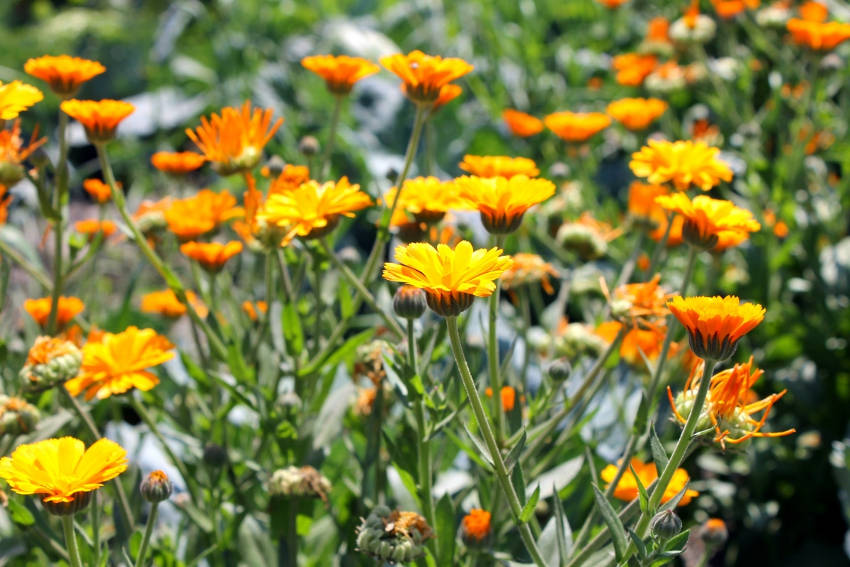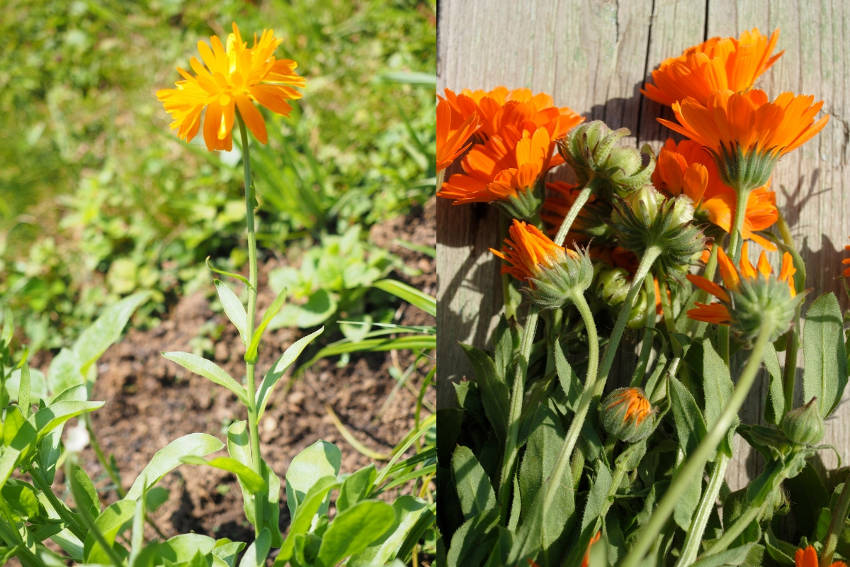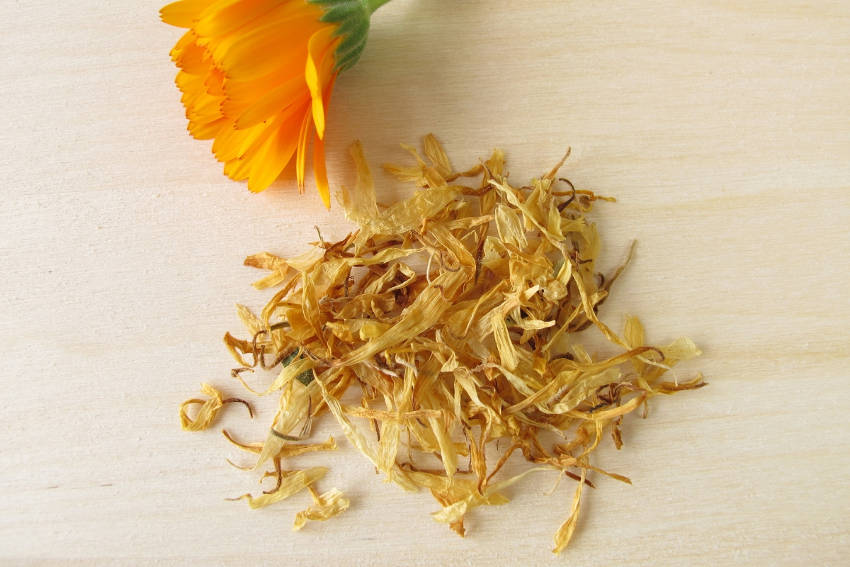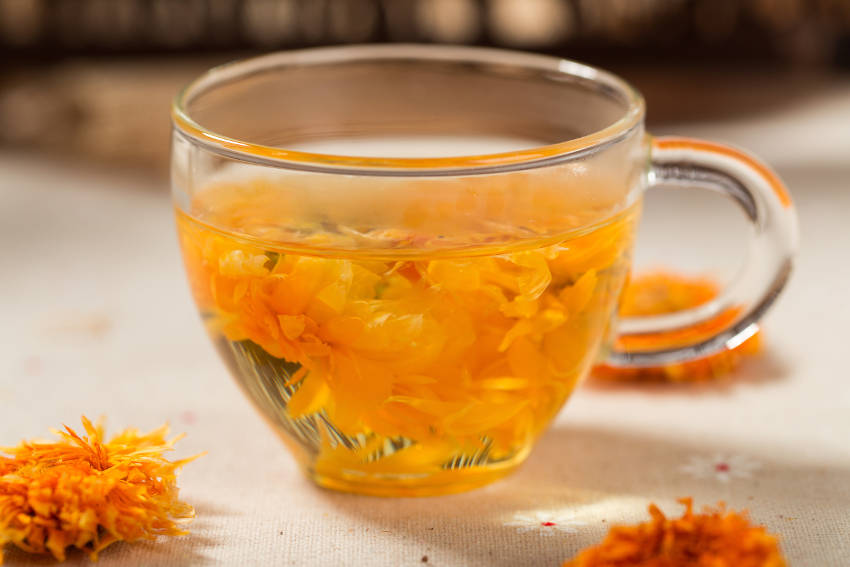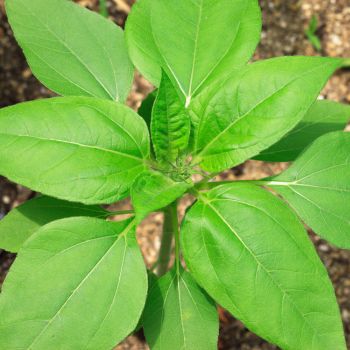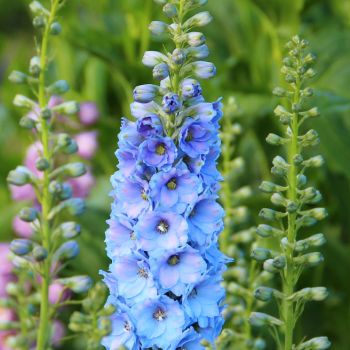Home gardeners sometimes feel like planting flowers in their vegetable garden takes up valuable space. However, there are many reasons that flowers are worth making room for. Calendula(Calendula officinalis) is a good example of a flower that is beneficial in the garden. It produces beautiful, prolific blooms that attracts pollinators, helps keep aphids away from other plants, has medicinal uses, and is even edible. Here are some tips for adding this versatile flower to your vegetable garden.
Choose Calendula
Calendula is also known as pot marigold, but don't confuse them with the common marigold species. It often produces brilliant yellow to orange blooms on low growing plants, but some varieties produce flowers that are peach, white, bicolor, and more. Easy to grow from seed, calendula often reseeds itself once it's established in the garden. Choose calendula seeds that will complement your garden or go for a variety of different kinds to create an eye-catching display of color.
Grow Anywhere
Plants require little care and do well in a variety of conditions. They prefer full sun, but also grow in partial shade. Try planting calendula in pots, beds, as a border, tucked between other plants, or in window boxes. It's hard to go wrong with these adaptable plants.
Consider the Soil
Although they prefer well-drained, sandy, light soil, calendula isn't picky and will grow in less than ideal soil conditions. Adding compost or aged manure gives them a rich soil for healthier plants and increased blooms.
Spread the Seeds
Calendula does best directly seeded into the garden, but you can start them indoors four to six weeks before the last frost date. Sow seeds or transplant seedlings to the garden after the last frost date. Some gardeners like to give calendula a dedicated spot because it often reseeds and comes back the next year. Others like to spread the plants around the garden to create pops of color.
Care for Calendula
There's no need to fuss about calendula plants; you can largely ignore them, and they are likely to thrive. Water occasionally at ground level; once or twice a week when conditions are dry. Pinching helps keep plants bushy and removing spent flowers encourages more blooms. Mulching helps control weeds, conserves moisture, and keeps the roots cool.
Companion Plant Calendula
Companion planting is the practice of planting certain plants together to enhance growth, protect from pests, or provide other benefits. Calendula makes a great companion plant in a vegetable garden because it attracts beneficial insects and repels unwanted pests including tomato worms and nematodes. Consider planting them by tomatoes, carrots, and asparagus.
Use Calendula as an Aphid Trap
One pest that calendula do attract is aphids. This can be a blessing or a curse. Of course, you don't want aphids in your garden, but it's better to have them eating calendula than your prized vegetables. Some gardeners choose to plant calendula for this purpose and use them to lure aphids away from other plants.
Eat Calendula Flowers
Calendula has edible flowers that make a lovely addition to many dishes. Float blooms on soups, add petals to salads, use dried blossoms to color butter, or steep flowers for tea; calendula flowers offer an exciting array of possibilities in the kitchen. They have a pleasantly spicy taste. Dry blossoms for later use by pulling petals off the flower heads, arranging them in a single layer, and placing them in a dry, shady area until crisp. Store dried blooms in an airtight container and add a burst of color to dishes throughout the year. Calendula flowers can substitute for saffron in many dishes.
Create a Topical Treatment
Medicinal uses for calendula were common in the past and included everything from soothing sunburn or red, watery eyes to relieving bronchial ailments and flushing poisons. Calendula is less often used now, but some people rub the flower on insect stings to relieve pain or use plant parts on minor cuts or scraps as a topical treatment.
Gardening is fun, and calendula can make your yard burst with color. This hardy plant is easy to grow and makes a beneficial addition to a vegetable garden. If you haven't tried growing calendula, consider giving this plant a chance to earn a spot in your garden.
